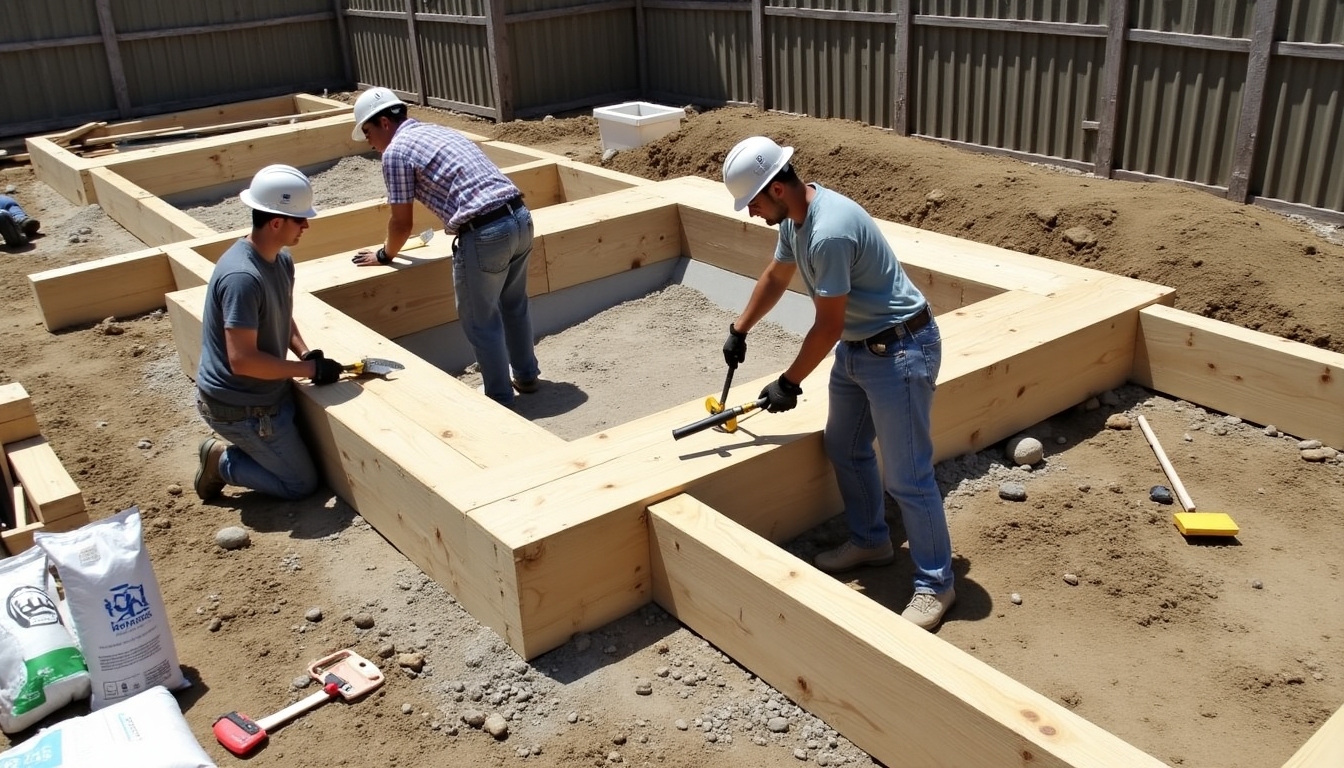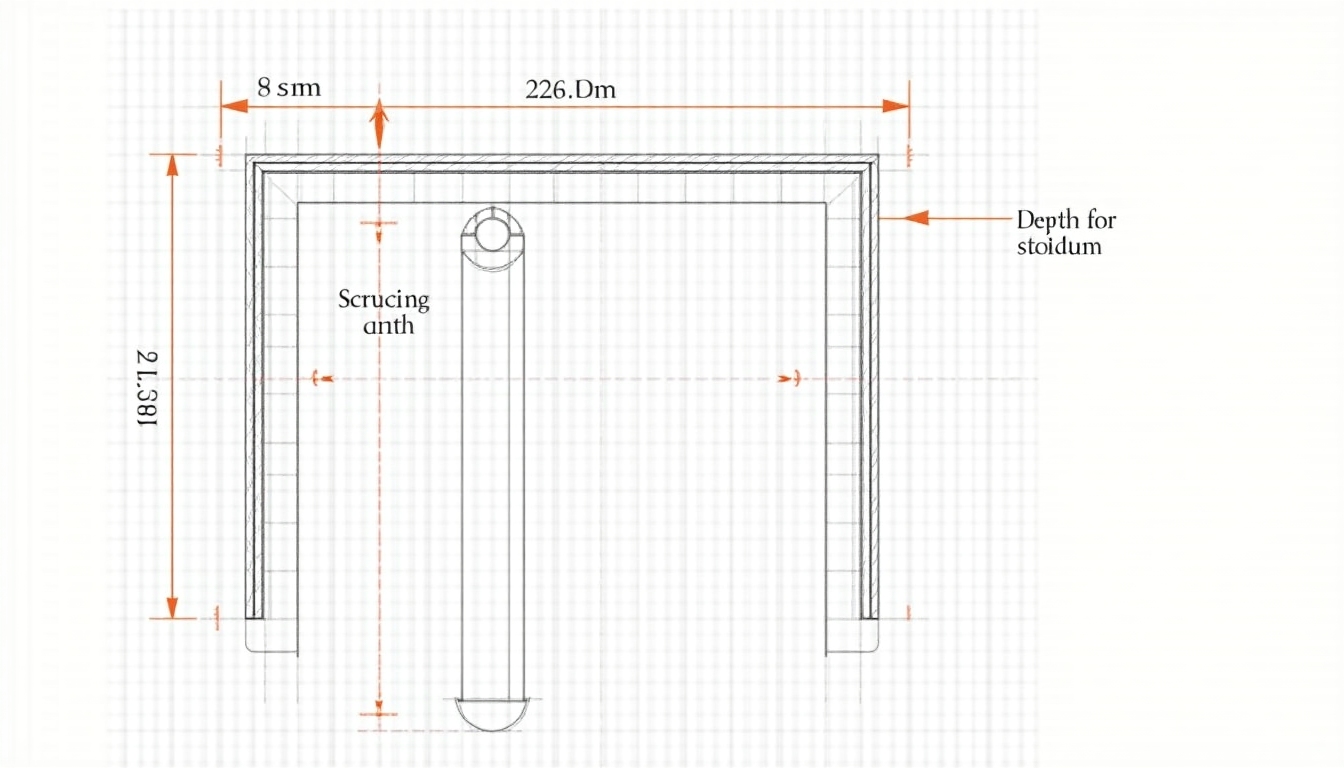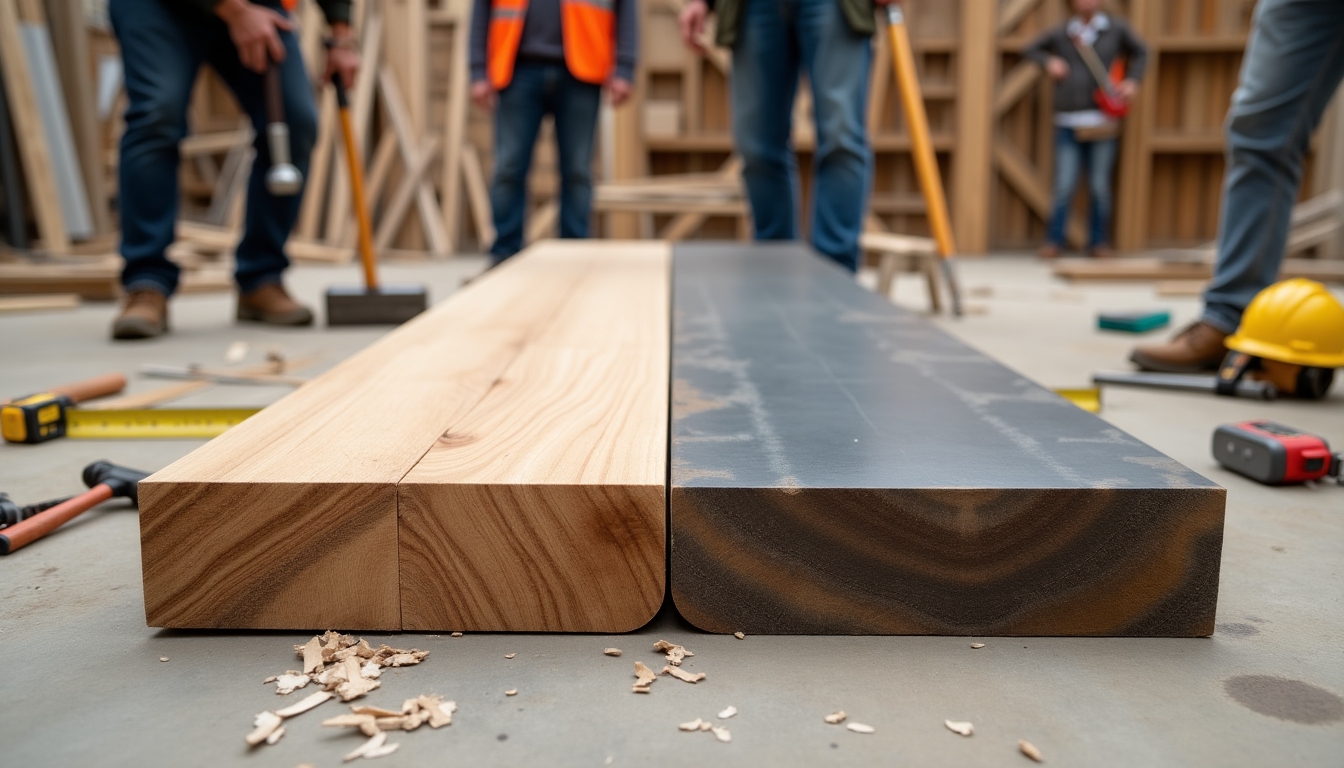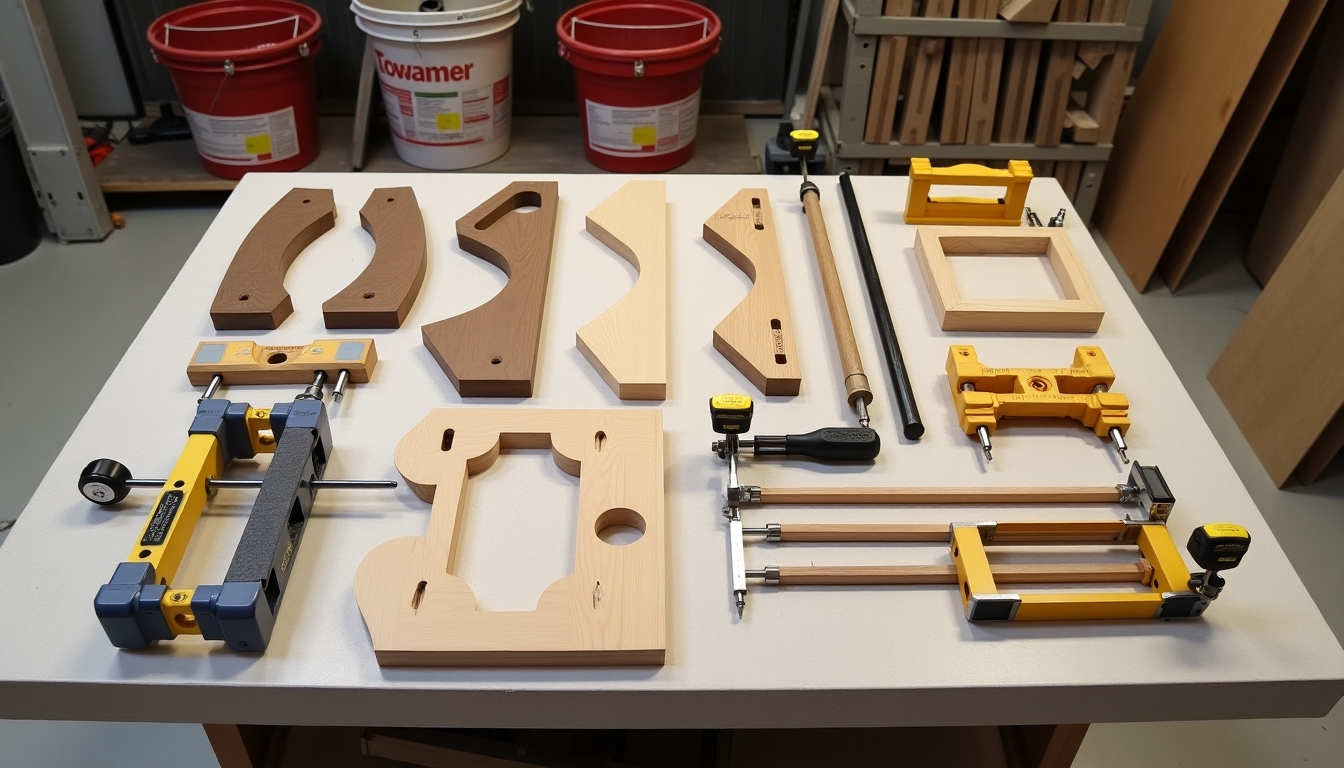Mastering the Art of Concrete Footing Forms and Templates
Understanding Concrete Footing Forms and Templates
When constructing a building, concrete footing forms and templates play a crucial role in ensuring structural integrity. These forms are essential for distributing the weight of the structure evenly and preventing settlement issues. Whether you're a seasoned contractor or a DIY enthusiast, understanding these components is key to successful construction.

The Basics of Concrete Footings
Concrete footings are vital because they serve as the base for the entire structure. They transfer the load of the building to the ground, which helps prevent foundation failure. Proper footing calculation ensures that the footings are neither too shallow nor oversized, optimizing material usage and cost efficiency.

Why Concrete Footing Forms Matter
Concrete footing forms and templates are used to mold and hold the wet concrete in place until it cures. This is important not only for shaping the footings but also for supporting the weight and pressures involved in construction. Without the correct forms, concrete can lose its shape during the pouring process.
**Factors Affecting Footing Design:**
- **Soil Type:** Different soils support weight differently.
- **Building Load:** The weight distribution from the building.
- **Environmental Conditions:** Temperature and moisture levels.

Creating Effective Concrete Footing Forms
Using the right materials and techniques is crucial when creating forms. Commonly, builders use wood, metal, or composite materials for forms. Each material has its pros and cons, like wood being more accessible and affordable, while metal offers greater durability and reusability.
Personal Insights on Form Selection
From my experience, selecting the right form material greatly impacts the ease and success of a project. For smaller DIY projects, wooden forms can be made quickly and easily, whereas larger-scale construction often benefits from the strength and reusability of metal forms.

Calculating and Planning Footing
Calculating footing dimensions accurately is essential to support the intended loads properly. Start by determining the building's weight and the soil bearing capacity. Then, apply these variables into the appropriate footing calculation to ascertain the suitable dimensions.
**Footing Calculation Steps:**
1. **Evaluate Total Load:** Summarize the weight of the structure.
2. **Analyze Soil Bearing Capacity:** Determine how much load the soil can handle.
3. **Calculate Footing Dimensions:** Use the formula: `Footing Area = Total Load / Soil Bearing Capacity`.

Practical Tips for Using Templates
Templates serve as the guide for making consistent and accurately sized footings. While pre-made templates offer convenience, custom templates can be adjusted for unique projects. Remember to measure twice and cut once to minimize errors and reduce waste.
Experience in Template Application
Having used both pre-made and custom templates, I find that while pre-made options are perfect for standard designs, custom templates give more flexibility and accuracy for complex layouts. Always ensure your templates are sturdy and can withstand the on-pour pressures.

Conclusion
In summary, understanding and correctly applying concrete footing forms and templates can vastly improve the quality and durability of construction projects. From selecting materials to calculating dimensions, every step plays a pivotal role. With the right approach and tools, even complex projects become manageable.





